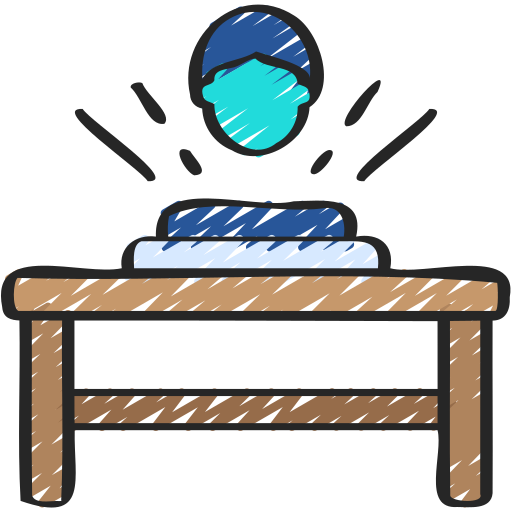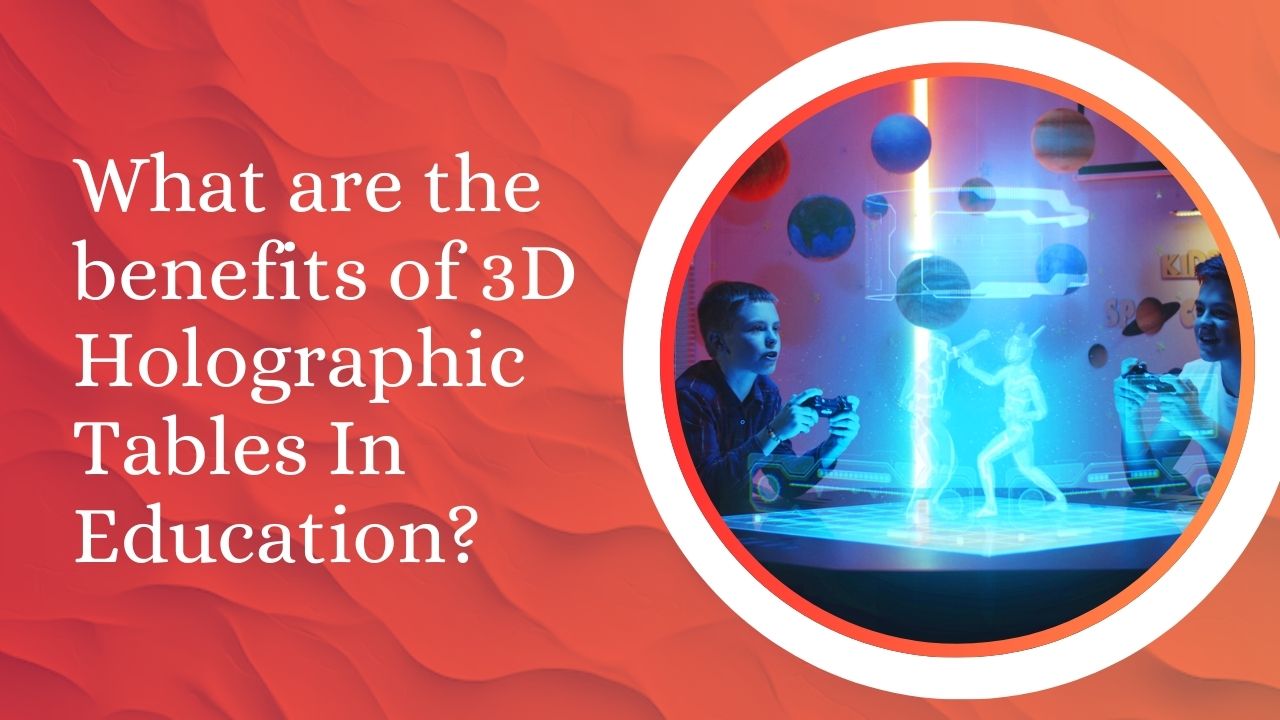In the network of education, innovation continues to be a driving force, transforming traditional classroom settings into dynamic learning environments. One such innovation gaining traction is the integration of 3D holographic tables. These cutting-edge technologies offer a myriad of benefits, revolutionizing the way students interact with educational content. In this article, we delve into the advantages of 3D holographic tables in education, exploring how they enhance engagement, collaboration, and knowledge retention.


3D holographic tables in education offer immersive learning experiences, interactive engagement, and enhanced visualizations, revolutionizing traditional teaching methods.
6 Perks of 3D Holographic Tables in Education
A few benefits of 3D hologram tables in education are detailed below for immersive visualization and three-dimensional teaching patterns
Enhanced Visualization
One of the most significant advantages of 3D holographic tables in education is complex concept visualization. Traditional two-dimensional textbooks and presentations often struggle to convey intricate ideas effectively. However, with holographic tables, students can interact with three-dimensional models. This allows for a deeper in subject concepts such as biology, chemistry, and physics. For instance, students studying human anatomy can manipulate holographic representations of organs. This pattern dissects them virtually to gain a comprehensive understanding of their structure and function.
Interactive Learning
3D hologram decorations foster interactive learning experiences, encouraging active participation and engagement among students. Unlike passive forms of instruction, such as lectures or slideshow presentations, holographic tables empower learners to become active participants in the learning process. Through touch-sensitive interfaces and gesture recognition technology, students can manipulate holographic objects, conduct experiments, and solve problems in real-time. This hands-on approach not only promotes deeper comprehension but also cultivates critical thinking and problem-solving skills essential for success in the 21st-century workforce.
Collaborative Learning
Collaboration is a cornerstone of modern education, and 3D holographic tables serve as catalysts for collaborative learning experiences. These interactive devices enable students to collaborate seamlessly, working together to explore, analyze, and solve complex problems. For biological or engineering students’ experimental projects, hologram technology fosters a sense of friendship and teamwork. By encouraging collaboration, these technologies prepare students for the collaborative nature of professional environments, where teamwork and cooperation are paramount.
Multi-Sensory Engagement
Traditional educational tools often cater to visual and auditory learners, leaving behind those who learn best through kinesthetic or tactile experiences. However, 3D hologram tables offer a multi-sensory approach to learning, catering to diverse learning styles and preferences. By combining visual, auditory, and tactile feedback, holographic tables provide a holistic learning experience that resonates with students across various learning modalities. This multi-sensory engagement not only enhances comprehension but also ensures inclusivity, accommodating the needs of all learners, including those with diverse learning abilities.
Real-World Application
One of the most compelling aspects of 3D holographic tables is their ability to bridge the gap between theoretical knowledge and real-world application. By simulating real-life scenarios and environments, these technologies enable students to apply theoretical concepts in practical contexts, fostering a deeper understanding of their relevance and significance. For example, students studying geography can explore holographic maps, navigating through virtual landscapes and analyzing geographical features in a way that mirrors real-world exploration. This real-world application not only enhances learning but also cultivates skills essential for success in professional endeavours.
Accessibility and Inclusivity
Accessibility and inclusivity are essential considerations in modern education, and 3D hologram decorations offer solutions to address these concerns. Unlike traditional educational resources that may present barriers to students with disabilities, holographic tables are designed to be accessible to all learners. Through customizable interfaces, adjustable settings, and compatibility with assistive technologies, these devices ensure that every student, regardless of their abilities, can fully participate in the learning process. By promoting accessibility and inclusivity, holographic tables create equitable learning environments where every student has the opportunity to thrive and succeed.
Conclusion
So, 3D hologram tables represent a paradigm shift in education, offering a myriad of benefits that enhance engagement, collaboration, and knowledge retention. From enhanced visualization and interactive learning to collaborative experiences and real-world applications, holographic tables have the potential to revolutionize the way students learn and teachers teach. Moreover, by promoting accessibility and inclusivity, these technologies ensure that every student can participate fully in the learning process. To know more about holographic displays, connect with Vision3D customer care number – +91-8971953451.
